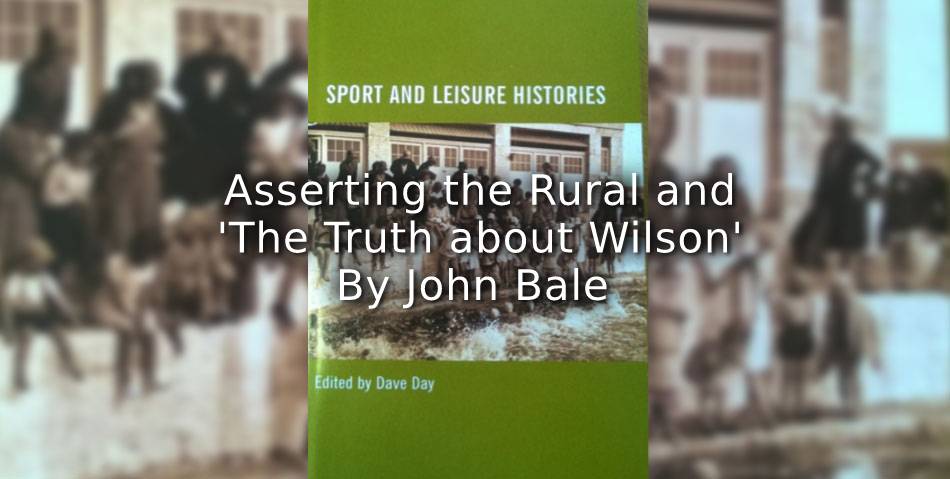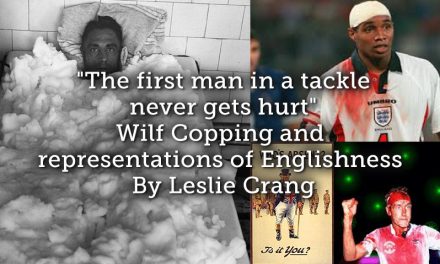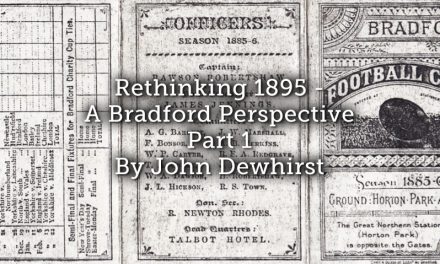This podcast from Prof John Bale, from a collection of short papers on aspects of sport and leisure history, has its origins in two North-West British Society of Sports History regional symposia hosted by Manchester Metropolitan University on its Crewe campus. The contributors come from many different backgrounds and include some of Britain’s leading academic sports and leisure historians alongside early career researchers and independent scholars in the field of sports and leisure history. The full collection of papers were later published in book form, Sport and Leisure Histories, please click here for more details and purchase information
The development of the Wizard, Hotspur, etc. against the earlier boy’s papers, boils down to this: better technique, more scientific interest, more bloodshed, more leader-worship. But, after all, it is the lack of development that is the really striking thing. (George Orwell, 1940)
Wilson persists as an ideal of what an athlete ought to be.
(Alan Bennett, 2013)
Introduction
The representation of sporting practice has assumed many forms and media, ranging from music and art and from television to literature. One form of popular culture has been the boys’ weekly (or comic) which while occupying a niche market can nevertheless be decoded. In a group of George Orwell’s essays in which popular culture was taken seriously, he reminded us that while boys’ weeklies may not be ‘literature’ the written word can, nevertheless, sway our minds. In this essay I explore the place of a fictional character featured in a boys’ weekly from the early 1940s to the 1980s, a character who could sway the minds of British boys of between 15 to 18. His name was William Wilson.
In the inter-war years boys’ books and annuals featured sporting yarns as major foci with Football and Cricket featuring prominently in popular writing, aimed at the teenage market. These papers or books were often prefaced by colourful covers depicting sporting scenes. George Orwell noted that sports were a central feature of boys’ weeklies such as The Gem and the Magnet and it was schools like St Jim’s (in the Gem) and Greyfriars (in the Magnet) which were the sites where sporting action took place, on lavish greenswards and boys in white flannels and school caps. It was tacitly expected that sport was a ‘good thing’ – a mirror of the ‘play up and play the game’ mentality of Tom Brownism.
To listen to the rest of the paper – press play below:
Article © John Bale




![“And then we were boycotted” <br> New discoveries about the birth of women’s football in Italy [1933] <br> Part 6](https://www.playingpasts.co.uk/wp-content/uploads/2020/04/PP-banner-maker-4-440x264.jpg)
